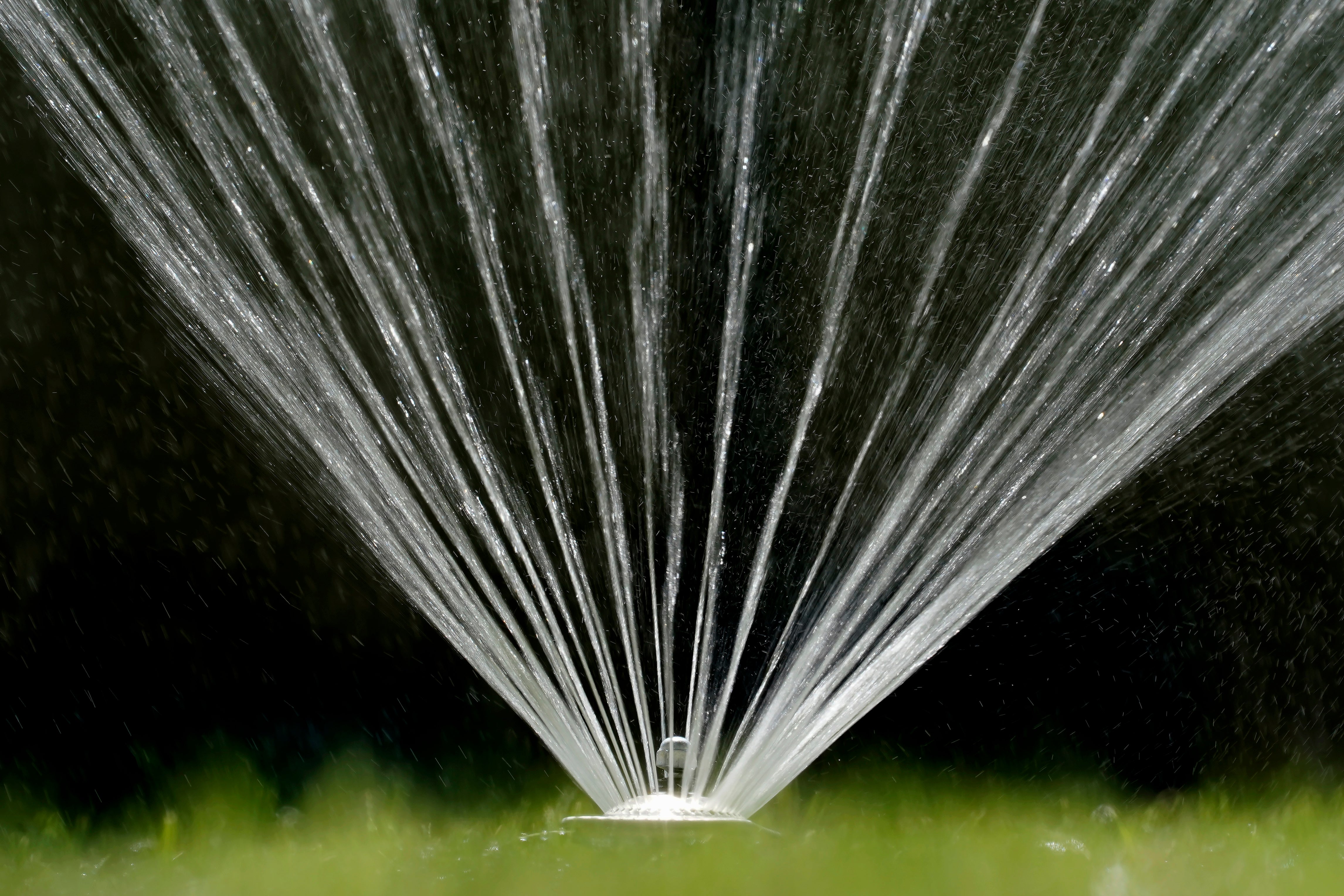California proposes delaying rules aimed at reducing water on lawns, concerning environmentalists
California regulators have proposed delaying some new rules aimed at reducing how much water people use on their lawns

California regulators this week proposed delaying new rules aimed at reducing how much water people use on their lawns, drawing praise from agencies that said they needed more time to comply but criticism from environmentalists who warn that the delay would damage the state's already scarce supply.
Last year, California proposed new rules that would, cumulatively, reduce statewide water use by about 14%. Those rules included lowering outdoor water use standards below the current statewide average by 2035. On Tuesday, regulators proposed delaying that timeline by five years, until 2040. The State Water Resources Control Board is scheduled to vote on the rules later this year.
The state would not punish people for using too much water on their lawns. Instead, it could punish the water agency that supplied those homes. There are about 405 of these agencies throughout the state that provide water to nearly 95% of Californians.
To comply with the rules, these agencies must convince their customers to use less water. Their options include public education campaigns and incentives, such as paying to install more efficient fixtures and replacing grass lawns with more sustainable plants. They could also raise rates.
State officials estimated it would cost water agencies about $13.5 billion to comply with these rules — an estimate Chelsea Haines, regulatory relations manager for the Association of California Water Agencies, says is likely too low. Water agencies had asked regulators for more time.
“The challenge is that water suppliers are regulated but compliance will come from Californians making changes to how they use water,” Haines said. “I think there will be a learning curve for residents, and that just takes time.”
The delay means there wouldn't be an incentive for most water agencies to increase conservation until at least 2035, according to Tracy Quinn, president and CEO of Heal the Bay, an organization dedicated to protecting and restoring the coastal waterways of greater Los Angeles.
Quinn fears the delay would push agencies to make much more expensive investments in new water sources, including desalination plants to make ocean water drinkable and recycling wastewater to use again for drinking.
“The smartest thing to do first is the one that is fastest and cheapest. That’s conservation,” Quinn said. “It is true that conservation is not free, but the cost of conservation needs to be compared to the cost of other new water.”
The goal of the outdoor water standards for 2040 is to have the majority of a person's yard made up of low-water plants irrigated by a drip system instead of sprinklers, which regulators argue are inefficient in part because they often spray water on sidewalks and asphalt.
But water agencies wouldn't have to always meet these new outdoor standards. Each agency would have a “water use objective” it must meet that also considers indoor use and how much water is lost from leaky pipes. Agencies could also ask to have even more time to reach these standards, such as if a community uses more water than it should because it has a lot of livestock.
An agency could meet its water use objective through a combination of these factors.
“It’s always a trade-off between trying to advance conservation soon, but also providing enough flexibility so that we avoid unintended consequences,” said Eric Oppenheimer, executive director of the State Water Resources Control Board.
Water is a precious resource in the nation's most populous state. California has long, dry summers, and relies on rain and snow in the winter and spring to fill up its reservoirs. Although climate change has made those storms more intense, it's also increased the severity of droughts — making it much harder to manage the state's water.
California has had plenty of rain and snow in the past two years to ease fears about its water supply. But before that, the state experienced some of the driest years on record and saw its reservoirs drop to dangerously low levels. By the end of this century, state regulators predict California's snowpack could be up to 65% less than its historic average.
Statewide, residents account for about 6% of California's water use each year, while businesses account for about 3%. Agriculture accounts for 40% while environmental purposes — including managing wetlands and increasing flows in rivers for fish and other purposes — makes up about 50%.
Regulators proposed changes to the water conservation rules after a critical report was issued this year by the nonpartisan Legislative Analyst's Office. It found that the proposed regulations were overly complex and would yield only modest savings — about 440,000 acre-feet (542 million cubic meters) of water per year, or about 1% of the state's total water use. One acre-foot of water is enough to supply two households for one year.
Also, the report noted that urban water use is already declining. Even without these regulations, state regulators predict that annual water use would be 7.5% lower in 2035 compared to the period from 2017-2019.
Heather Cooley, director of research for the Pacific Institute, said the Legislative Analyst's Office report “got it wrong.” She noted 440,000 acre-feet is close to the amount of water the city of Los Angeles uses in one year.
“These are significant savings,” she said.
Bookmark popover
Removed from bookmarks